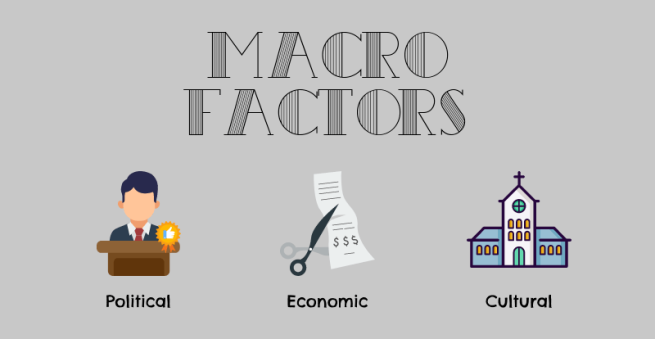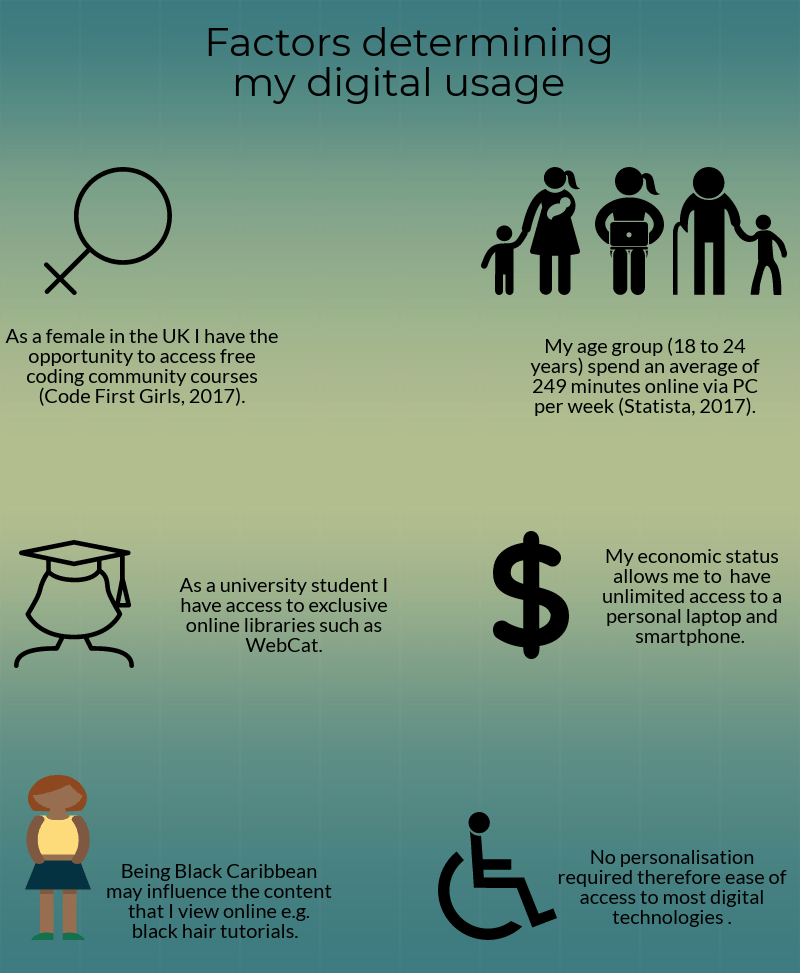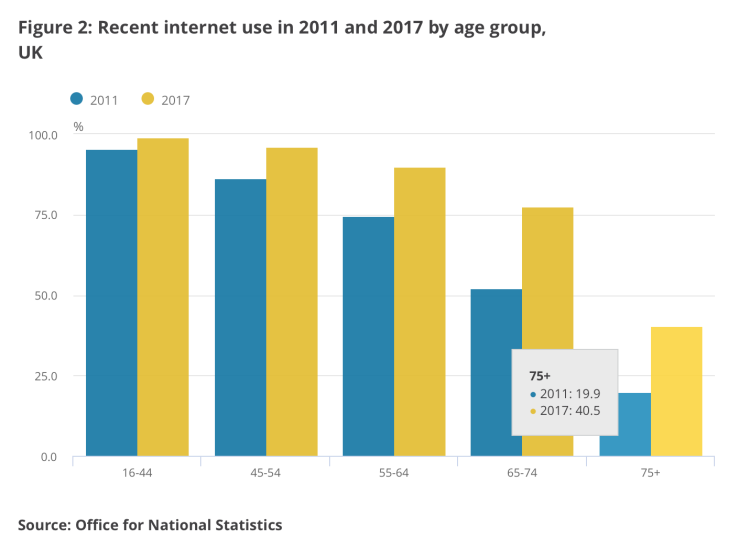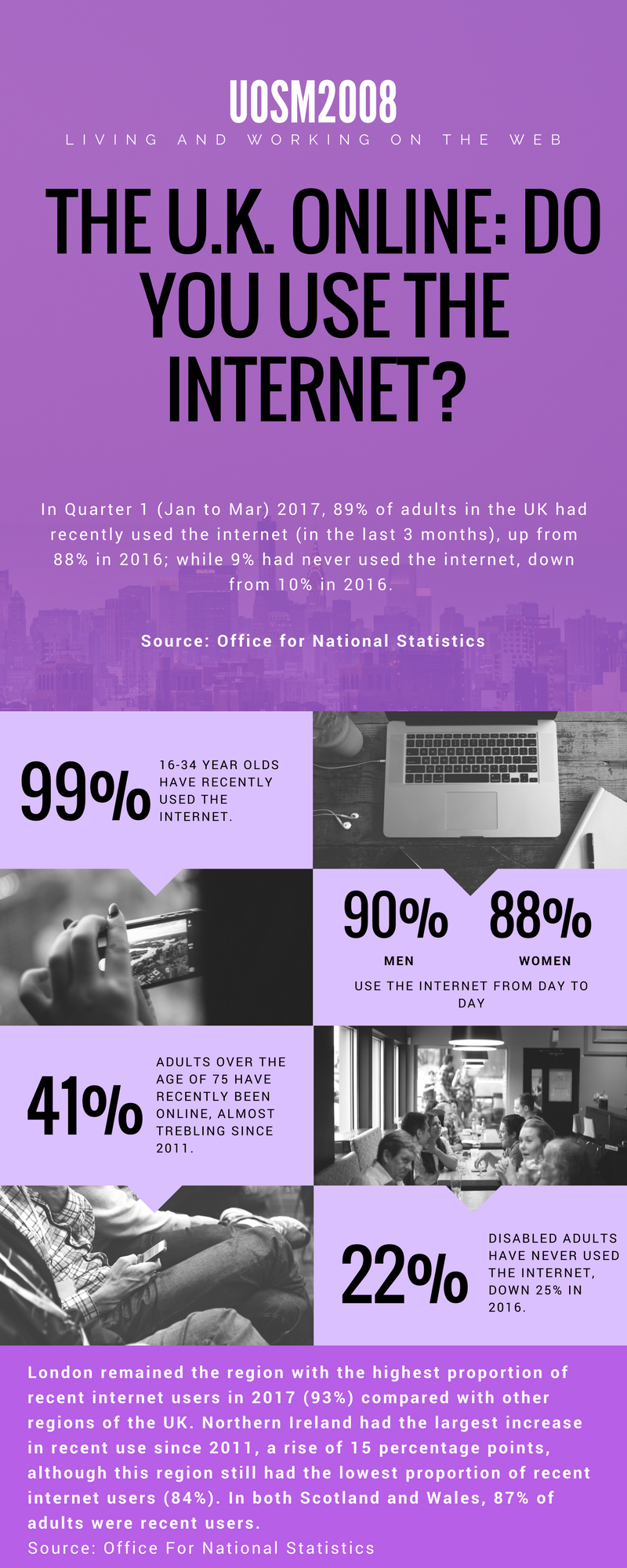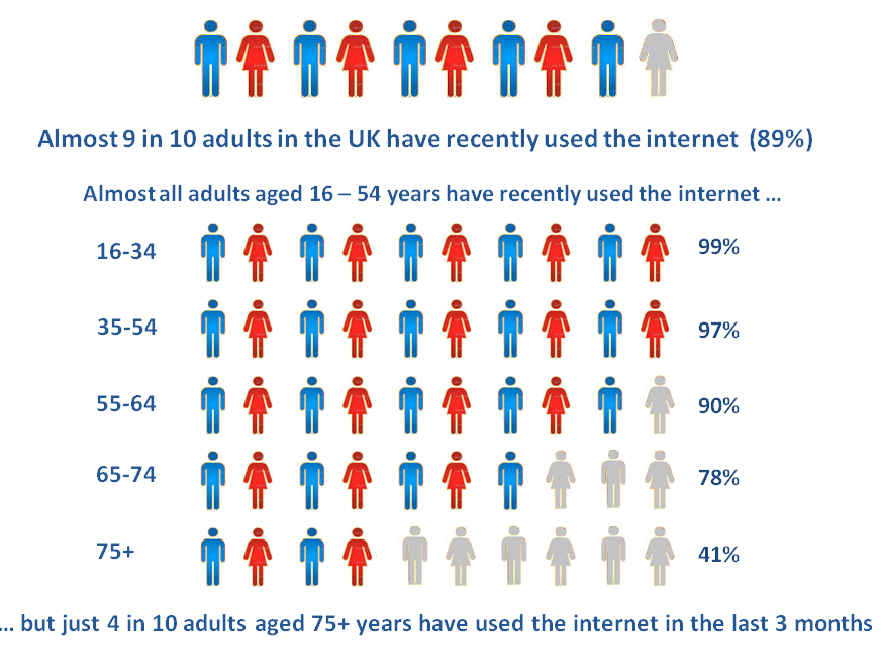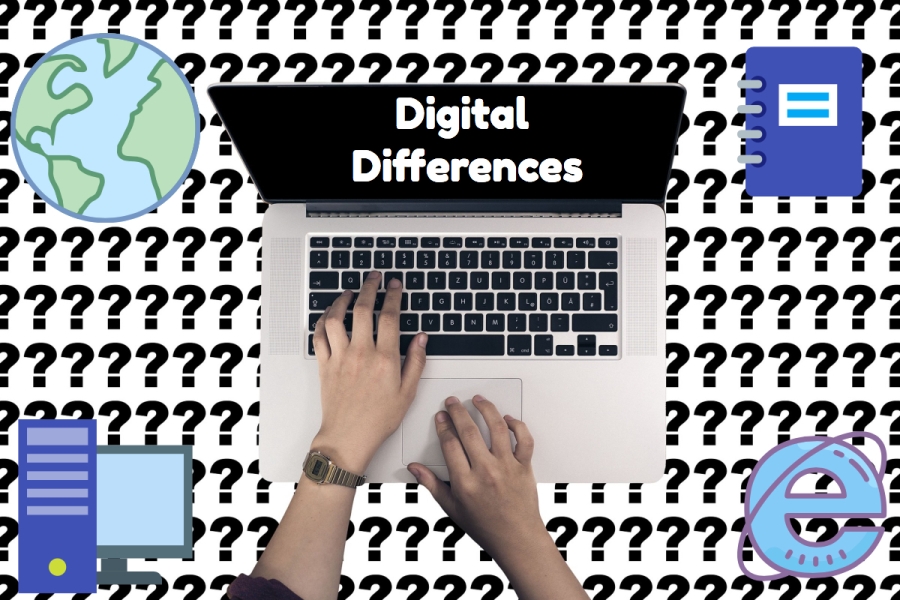
Topic 1 – 50% of the world use the internet… what about the other half?
Digital Differences around the world
Accessibility to digital technologies varies in every country. Unfortunately, in LEDC‘s the infrastructure and high costs impact people in accessing technology (Figure 1).
Figure 1 – Selection of coutries with varying % of internet users made by William Jones. Map provided by: World with Countries and US, Canadian and Australian States – Multicolor by FreeVectorMaps.com. Data provided by: internetlivestats.
Continue reading →



